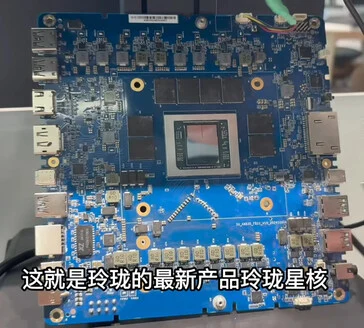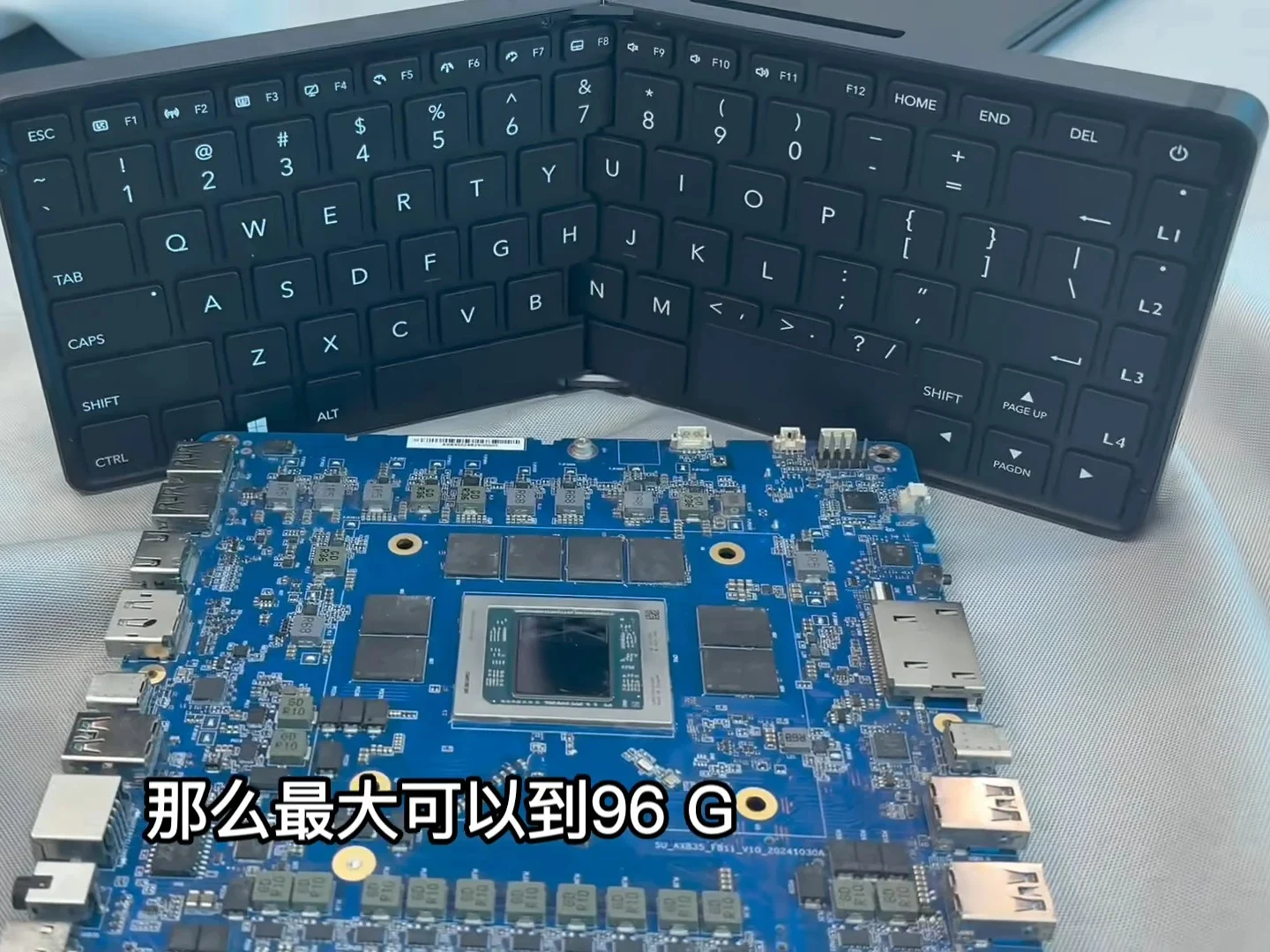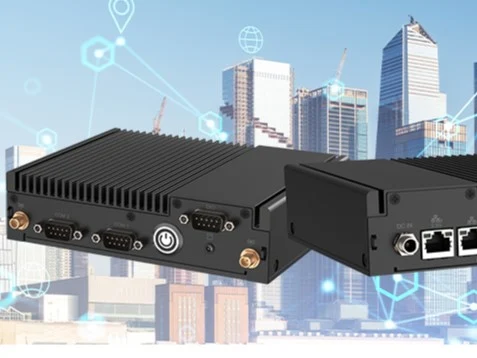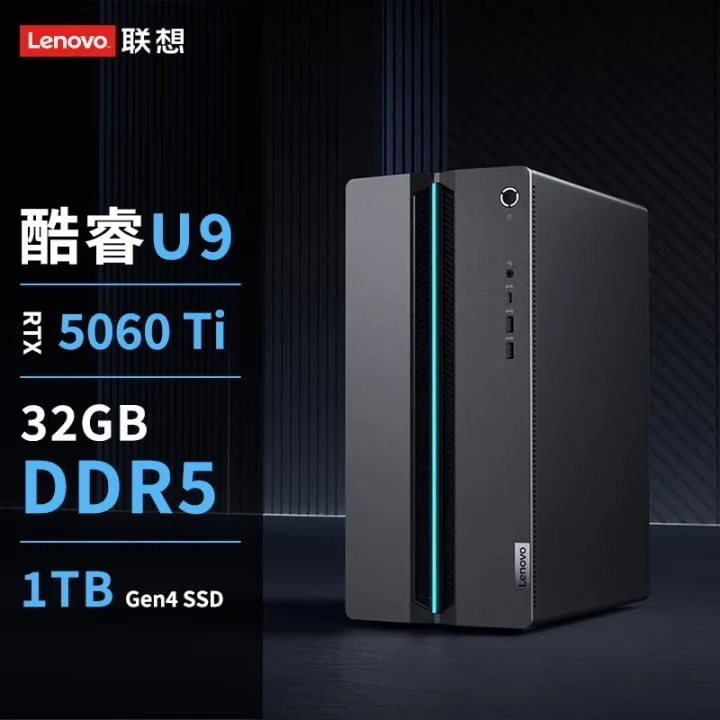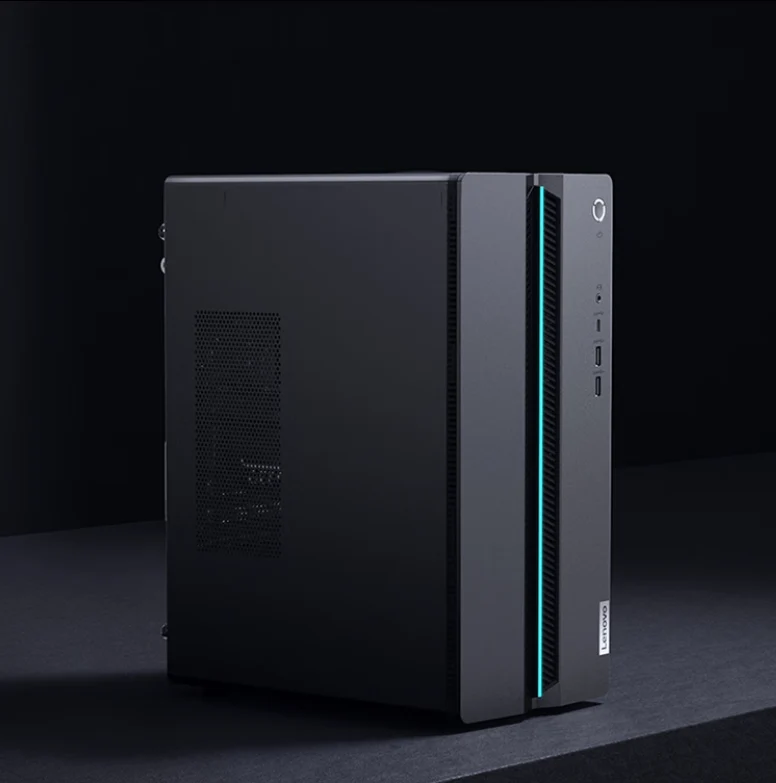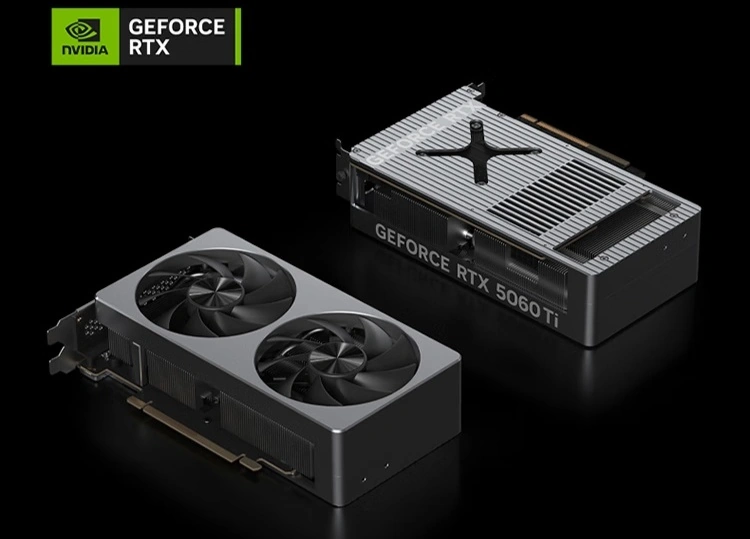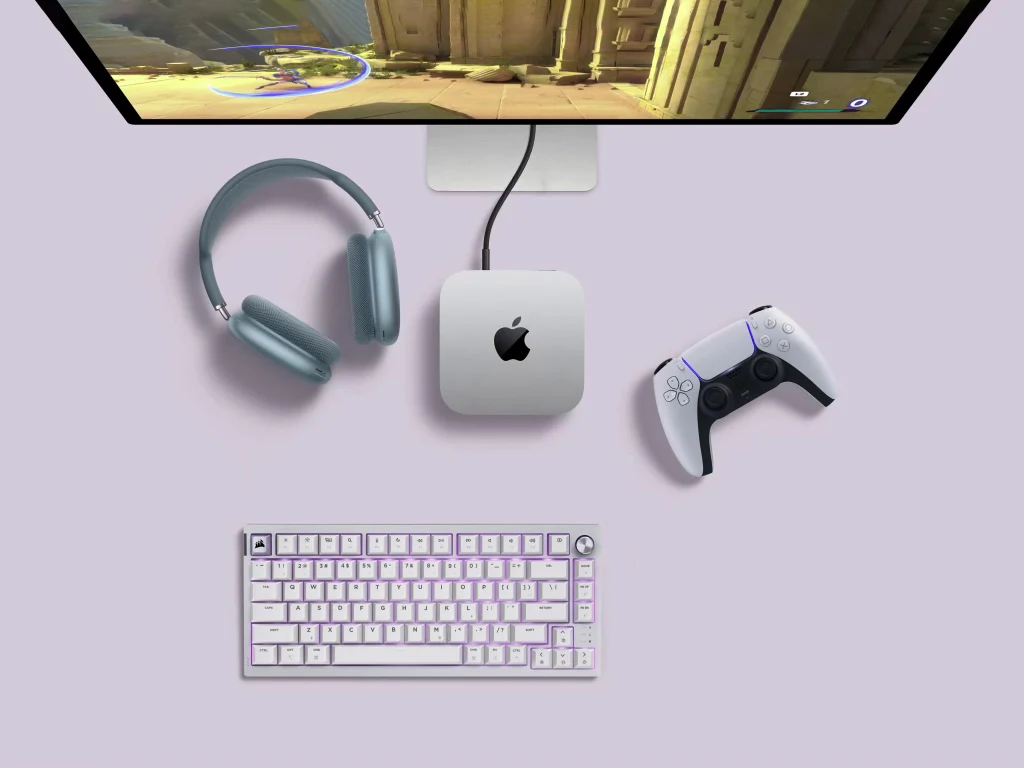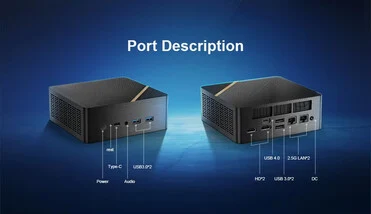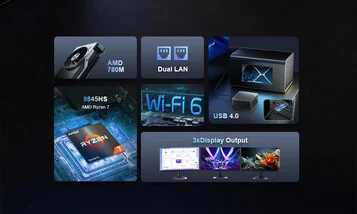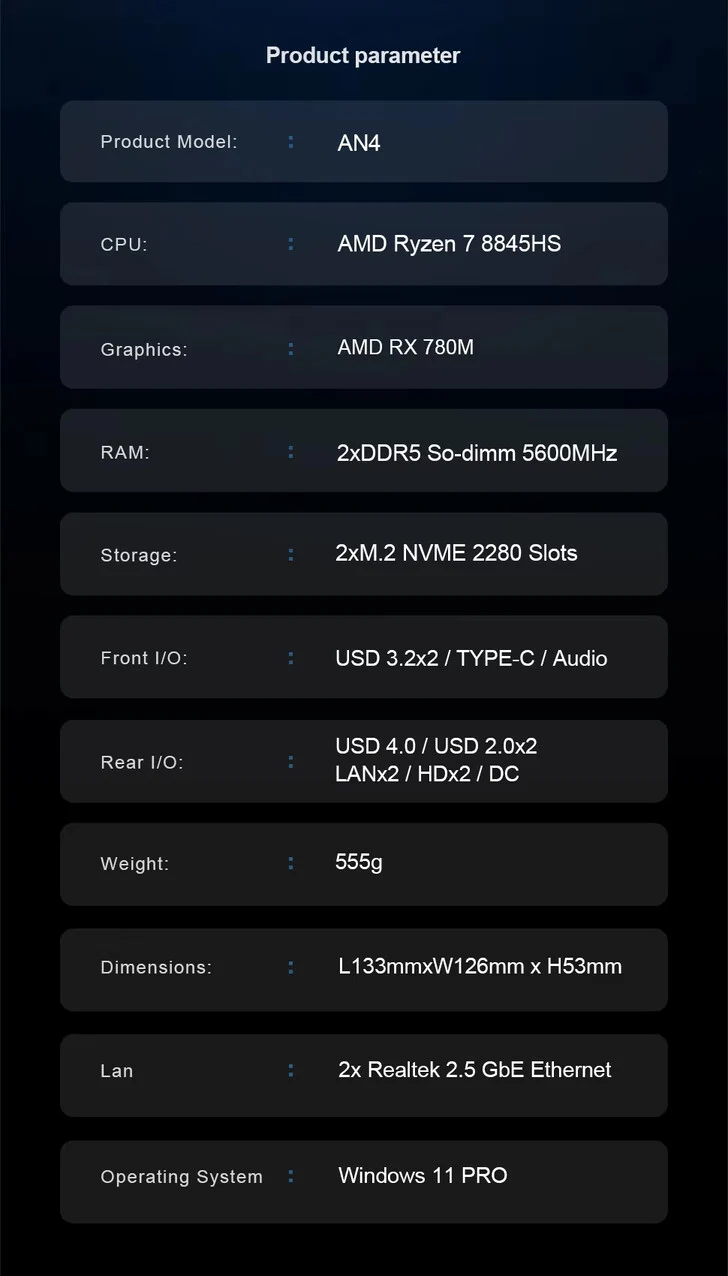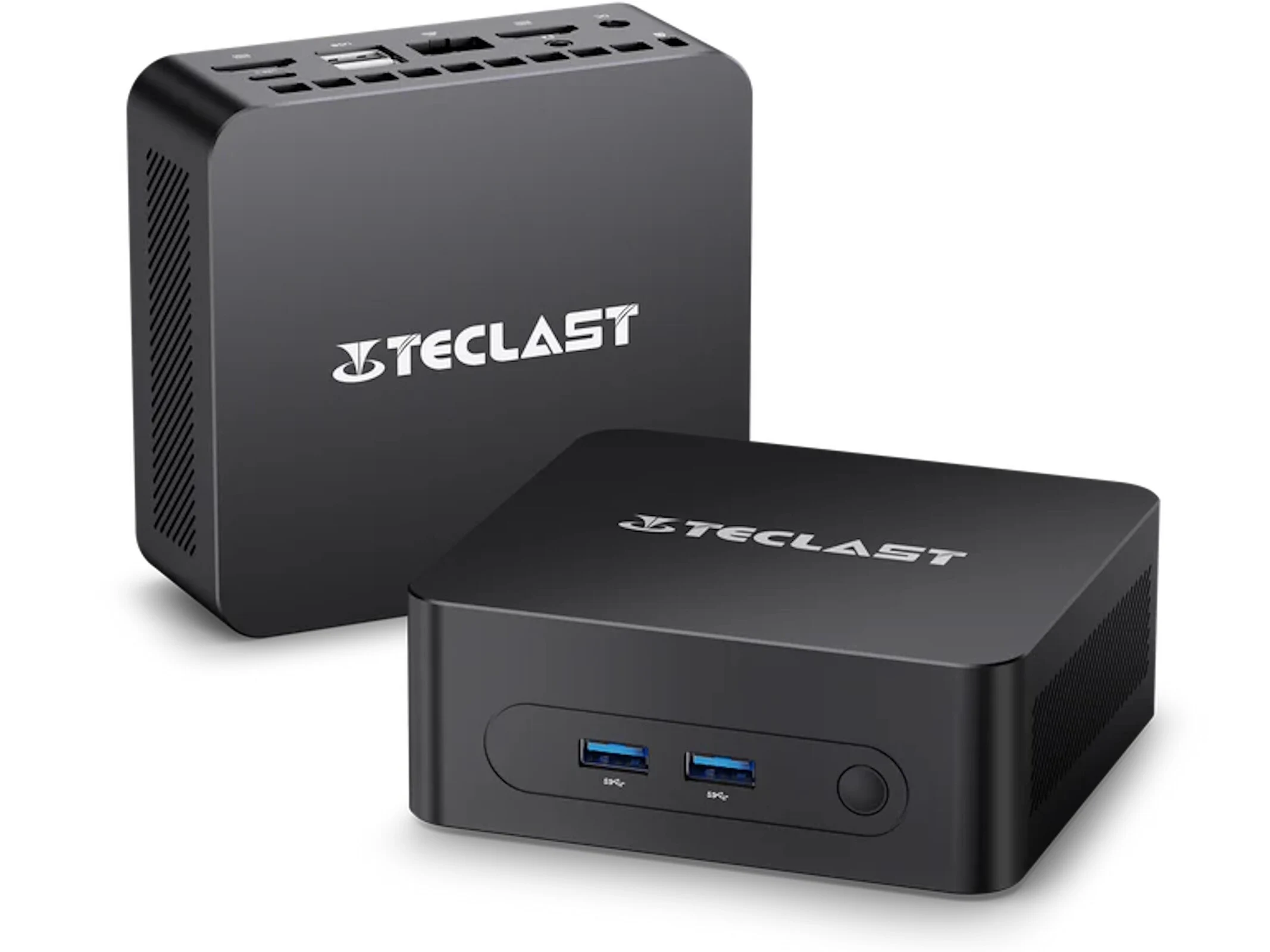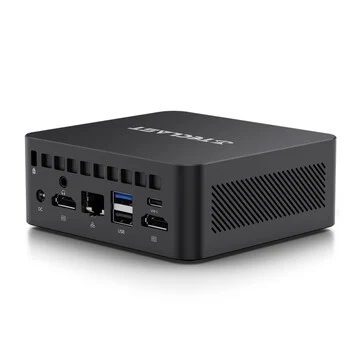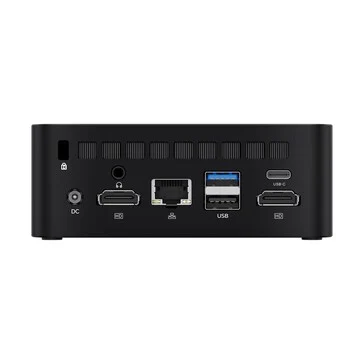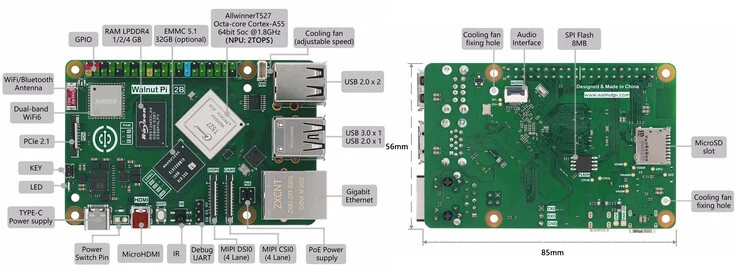Key Takeaways
1. Linglong has launched a new version of its foldable keyboard PC powered by AMD’s latest Strix Halo series.
2. The new device, named ‘Star Core,’ features the Ryzen AI Max+ 395 processor with 16 CPU cores and boost clock speeds of 5.1 GHz.
3. The Ryzen AI Max+ 395 supports LPDDR5x-8000 RAM and includes a powerful integrated GPU comparable to the Nvidia GeForce RTX 4070.
4. ‘Star Core’ is expected to come with 96 GB of RAM and may not be a foldable keyboard PC due to its size.
5. The absence of an ATX power connector suggests that ‘Star Core’ could be a mini-PC or an all-in-one system.
A few months have gone by since the launch of the first foldable keyboard PC, which hit the market last summer. Now, the company behind this Ryzen 7 8840U-powered gadget is back with what seems to be a stronger version. This time, it looks like Linglong is taking advantage of AMD’s latest Strix Halo series.
New Developments in Technology
The company has been working on a device named ‘Star Core’ which includes the Ryzen AI Max+ 395. This processor is also found in devices such as the recent Asus ROG Flow Z13 and the GMKtec EVO-X2 (currently priced at $1,799 on Amazon). The Ryzen AI Max+ 395 boasts 16 CPU cores built on AMD’s Zen 5 architecture, achieving boost clock speeds of 5.1 GHz and supporting LPDDR5x-8000 RAM. Additionally, this APU includes a powerful integrated GPU that can compete with dedicated laptop options like the Nvidia GeForce RTX 4070.
What’s Next for Linglong?
It is still unclear what Linglong intends to release. From the details available, it appears that ‘Star Core’ is equipped with 96 GB of RAM and seems to be too large to qualify as another foldable keyboard PC. The absence of an ATX power connector hints that Star Core might be a mini-PC or perhaps an all-in-one (AIO) system of some kind.
Source:
Link
